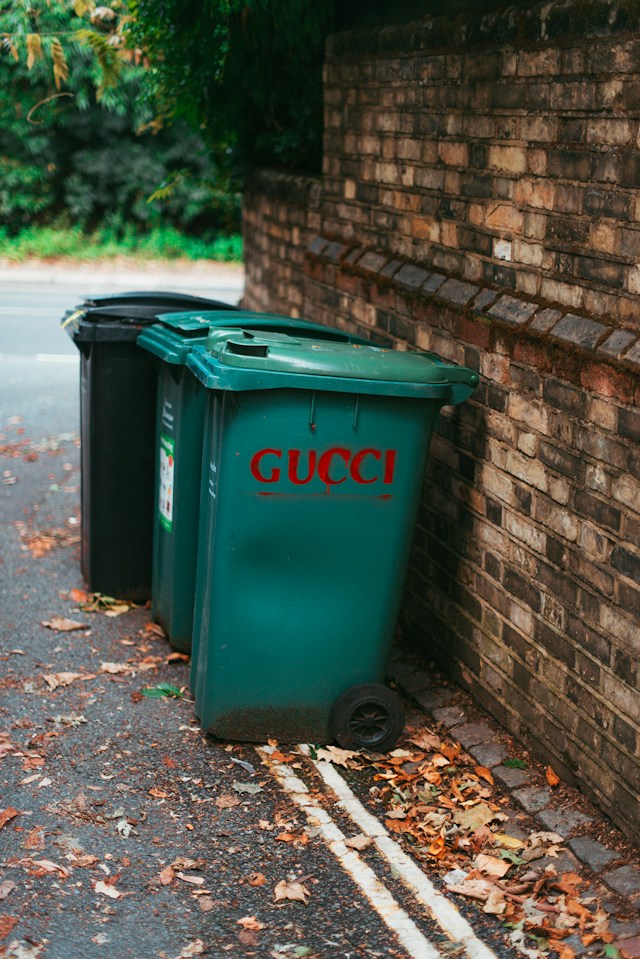In a world increasingly aware of its ecological footprint, the management of waste has become a pressing issue. As you grapple with the challenges of recycling, do you ever wonder how technology, particularly artificial intelligence (AI), could revolutionize this domain? In this article, you’ll explore how AI, robots, and technological advancements are paving the way for a more efficient waste recycling industry, enabling a circular economy and better environmental stewardship. Let’s dive into this fascinating intersection of technology and sustainability.
The Role of AI in Waste Management
When you think of AI, the waste and recycling industry is probably not the first thing that comes to mind. However, this sector is ripe for technological innovation, and AI has the potential to revolutionize waste management.
A lire également : How is ai changing the game in predictive healthcare diagnostics?
AI can help in more effective sorting of waste materials. Traditionally, waste sorting has been a manual, time-consuming, and often hazardous process. AI-powered robots, equipped with cameras and sensors, can identify and sort different types of waste much more quickly and accurately than humans. Furthermore, these robots are immune to the health risks associated with handling waste.
Another application of AI in waste management is in predicting waste volumes. AI algorithms can analyze historical waste data, along with other relevant factors such as population growth or seasonal trends, to forecast future waste generation. This can help waste management companies plan their collection and recycling processes more efficiently.
A lire également : How will ai influence the future of talent acquisition and recruitment?
The Promise of Robotics in Material Sorting
If you’ve ever been to a recycling facility, you know that material sorting is one of the most critical stages. It’s where waste materials are separated into different categories for recycling. With the advent of robotics, the process of material sorting has been revolutionized.
Robots, equipped with AI and machine vision, can identify and sort materials based on their properties. These robots can work around the clock, sorting waste more quickly and accurately than their human counterparts. Moreover, robotics can handle hazardous materials safely, minimizing human exposure to potentially harmful substances.
In the era of big data, these AI-powered robots can also generate valuable data about the waste they sort. This data can be analyzed to gain insights into waste generation patterns, which can inform decision-making in waste management.
The Intersection of AI and Circular Economy
The concept of a circular economy is gaining traction as a sustainable alternative to the traditional linear economy. In a circular economy, resources are kept in use for as long as possible, and waste is minimized. AI has a significant role to play in transitioning to this model.
AI can optimize the use of resources in the recycling process. For example, AI algorithms can analyze recycling processes to identify inefficiencies and suggest improvements. Also, AI can help design products to be more easily recyclable, contributing to a more circular economy.
AI can also promote the circular economy by enabling more informed decision-making. By analyzing waste data, AI can help identify trends and opportunities in waste generation and recycling. This can inform policies and strategies to promote the circular economy.
How Data & AI Are Shaping the Future of the Recycling Industry
In today’s data-driven world, every industry is leveraging data to drive decision-making and improve operations. The recycling industry is no exception. In combination with AI, data can transform the recycling processes.
AI can analyze waste data to identify patterns and trends. This can lead to more informed decision-making in waste management, such as optimizing collection routes or improving recycling processes. Additionally, predictive analytics, powered by AI, can forecast future waste volumes, allowing for proactive planning.
Moreover, AI-based machine learning models can detect anomalies in waste data. This can help identify potential issues in the recycling process, such as equipment malfunctions, allowing for timely corrective action.
The Impact of Technology on the Sustainability of Waste Management
The fusion of technology and waste management embodies a dynamic shift towards sustainability. From AI-powered robots to data-driven decision-making, technology is making waste recycling more efficient.
Technologies like AI and robotics, combined with big data analytics, are transforming the waste recycling industry into a more efficient, sustainable, and resilient sector. They are enabling better sorting of waste materials, reducing human exposure to hazardous waste, optimizing resource use, and providing insights to inform strategic decision-making.
Moreover, technology is driving the transition to a circular economy, where resources are used more efficiently, and waste is minimized. It is clear that technology will continue to play a crucial role in shaping the future of waste recycling.
Advanced Recycling Technologies and AI in Waste Management
Advanced recycling technologies, when paired with AI capabilities, can usher in a new age of efficient and sustainable waste management. Machine learning, a subset of AI, plays a pivotal role here.
Machine learning algorithms can be trained to recognize different types of materials based on their physical properties. When combined with computer vision, these algorithms can enable robots to identify and sort different types of waste, such as plastic waste, food waste, or electronic waste. These advanced recycling technologies can significantly speed up the waste sorting process, making it more efficient and safe.
Furthermore, AI can help improve the efficiency of material recovery facilities. By analyzing real-time data from smart sensors installed in these facilities, AI can identify patterns and anomalies that might indicate a need for maintenance or repair. This proactive approach can help minimize downtime and maximize the efficiency of the recovery facility.
Moreover, AI can help reduce waste generation in the first place. For example, AI can be used to analyze consumption patterns and suggest ways to reduce waste. In the food industry, AI could forecast demand more accurately, helping businesses to reduce food waste.
Conclusion: AI – A Game Changer in Waste Recycling
The intersection of AI and waste management is witnessing a paradigm shift towards a more sustainable and efficient waste recycling process. AI, in conjunction with AMP Robotics and computer vision, is drastically improving the waste sorting process and making recycling processes more efficient.
Not only does AI enhance the efficiency in waste management, but it also contributes to the development of a circular economy. By minimizing waste, optimizing resource use, and making recycling processes more efficient, AI is paving the way for a future where waste becomes a resource rather than a burden.
The integration of AI into the waste recycling industry is proving to be a game-changer. It’s equipping the sector with the tools it needs to tackle the growing waste challenges. The potential of AI in this field is vast and we are only scratching the surface. As AI technology continues to evolve, it will undeniably play an even more critical role in shaping the future of waste recycling.
In the quest for a sustainable future, AI is proving to be an invaluable ally. Its ability to analyze complex data, identify patterns, make accurate predictions, and drive efficient processes is transforming the waste recycling industry. The marriage of AI and waste management is a testament to the potential of technology in driving environmental stewardship. To underscore, AI is not just a tool for efficiency, it’s a catalyst for a sustainable future.






